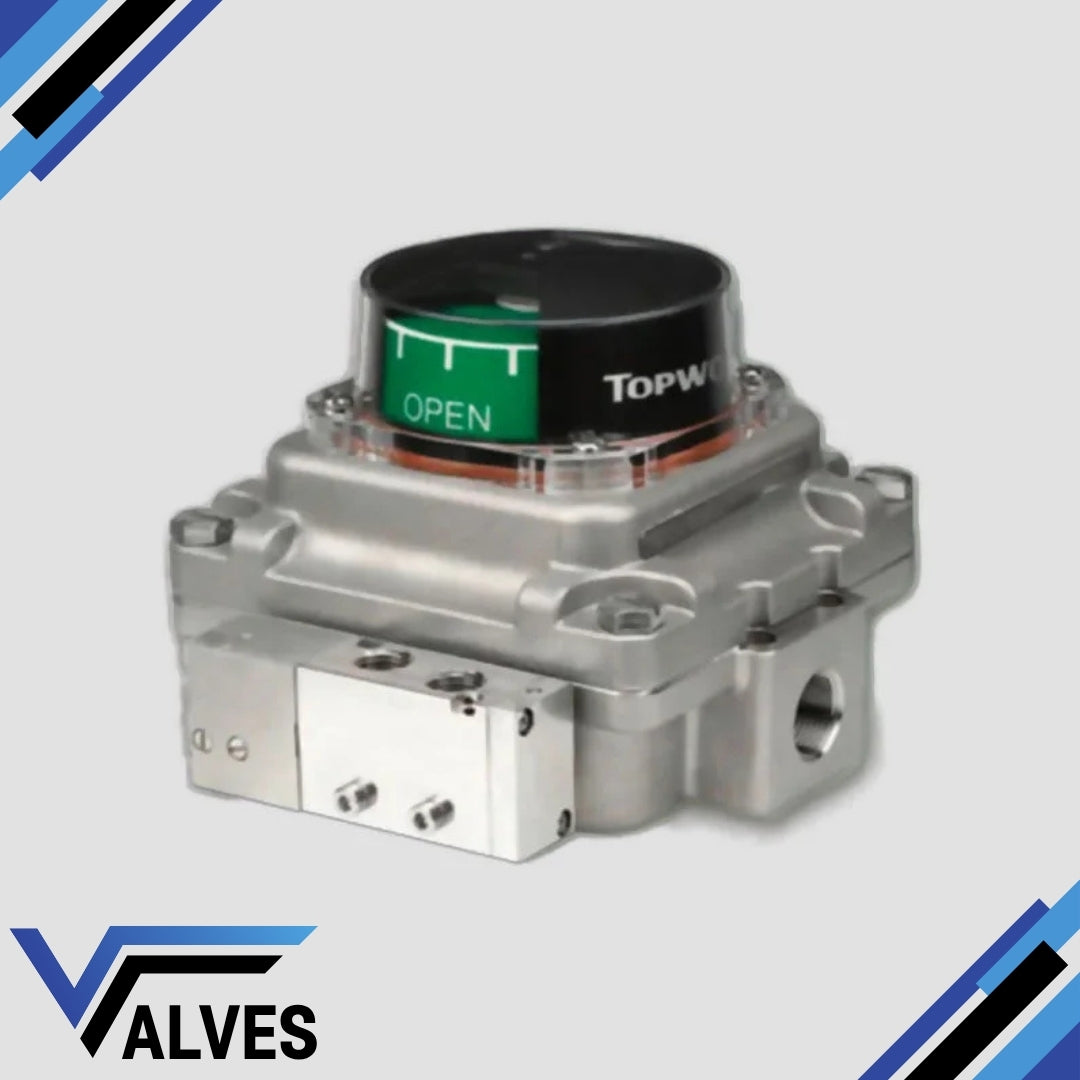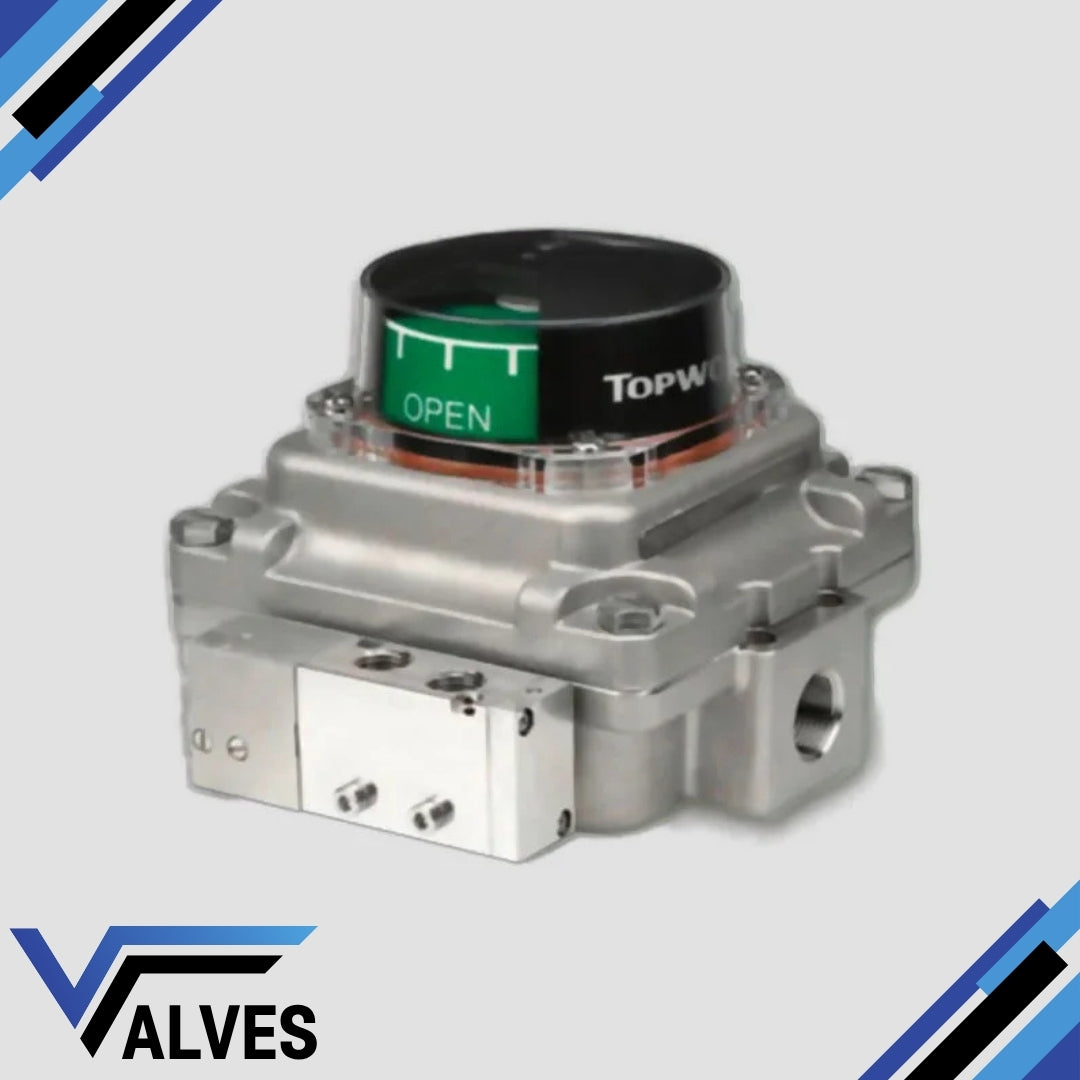Topworx Switchboxes
TopWorx Limit Switch Box TXS-0XCGNMM Valve Monitor
TopWorx Limit Switch Box TXS-0XCGNMM Valve Monitor
Couldn't load pickup availability
The TopWorx TXS-0XCGNMM Valve Monitor is part of the versatile TX series of discrete valve controllers. It is engineered to provide reliable, durable performance in hazardous environments, making it ideal for industries such as oil & gas, refining, chemical, and more. This model is known for its robust design and multiple certifications, offering enhanced protection and operational efficiency in extreme conditions.
Key Features:
- Certified for Global Hazardous Locations: The TXS series meets rigorous international standards, making it suitable for use in potentially explosive environments. It carries approvals for ATEX, IECEx, and CSA.
- Highly Durable Construction: The enclosure is built from corrosion-resistant materials such as stainless steel, ensuring longevity in harsh environments, including offshore and chemical processing.
- Flexible Sensor Options: This model supports GO™ Switches, hermetically sealed devices that offer high reliability and no power consumption, ideal for applications with stringent requirements.
- Easy Configuration & Installation: Equipped with a variety of mounting options and shaft configurations, this valve monitor allows for seamless integration with both linear and rotary actuators.
- Environmentally Rated: With Type 4X and IP67 ratings, the TXS-0XCGNMM can operate effectively in extreme temperatures, ranging from -60°C to 85°C, providing protection against water and dust ingress.
Additional Information: The TopWorx TXS-0XCGNMM provides precise valve position monitoring while ensuring long service life and minimal maintenance. Its GO Switches, in particular, are valued for their ability to withstand extreme conditions like high-pressure washdowns and corrosive environments, all without consuming power. The flexibility in configuration, including various shaft replacements and switches, makes it a preferred choice for industries requiring rugged and highly reliable valve control systems.
Share

FAQ's
What is the difference between a valve and an actuator?
What types of actuators are available?
The main types of actuators are:
Pneumatic actuators – use compressed air for fast, reliable operation.
Electric actuators – use electrical power for precise control.
Hydraulic actuators – use fluid pressure for high-torque applications.
Each type offers unique advantages depending on the environment, media, and system control needs.
How do I choose the right actuator for my valve?
To select the correct actuator, consider:
Valve type and torque requirement
Power source available (air, electric, or hydraulic)
Operating environment (temperature, humidity, hazardous area)
Control signal type (on/off or modulating)
Matching actuator torque and compatibility with the valve’s ISO mounting ensures reliable performance.
What are the main types of valves used in automation?
The most common valves in automated systems include:
Ball valves – for tight shutoff and quick operation.
Butterfly valves – for larger flow control with compact design.
Globe valves – for precise throttling and flow regulation.
Check valves – to prevent backflow.
Gate valves – for full bore flow isolation.
What’s the difference between a double-acting and spring-return actuator?
Double-acting actuators use air (or power) to both open and close the valve.
Spring-return actuators use air to open (or close) the valve, and a built-in spring to automatically return it to a safe position when power or air is lost — ideal for fail-safe operation.
How often should valves and actuators be serviced?
Regular maintenance intervals depend on operating conditions, but a good rule of thumb is to inspect every 6–12 months.
This includes checking for leaks, lubrication, seal wear, and actuator responsiveness to prevent unexpected downtime.

